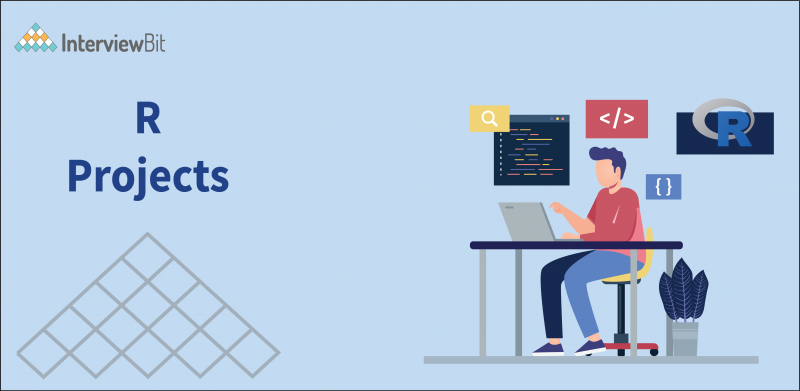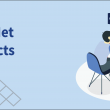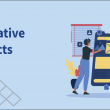- Introduction
- Applications of R Programming Language
- R Programming Project Ideas
- Top R Projects
- 1. Sentiment Analysis
- 2. Uber Data Analysis
- 3. Movie Recommendation System
- 4. Credit Card Fraud Detection
- 5. Wine Quality Prediction
- 6. Customer Segmentation
- 7. Speech Emotion Recognition
- 8. Product Bundle Identification
- 9. Voice Gender Recognition
- 10. Fake News Detection
- R Projects: Why are They So Important?
- Conclusion
- FAQs
Introduction
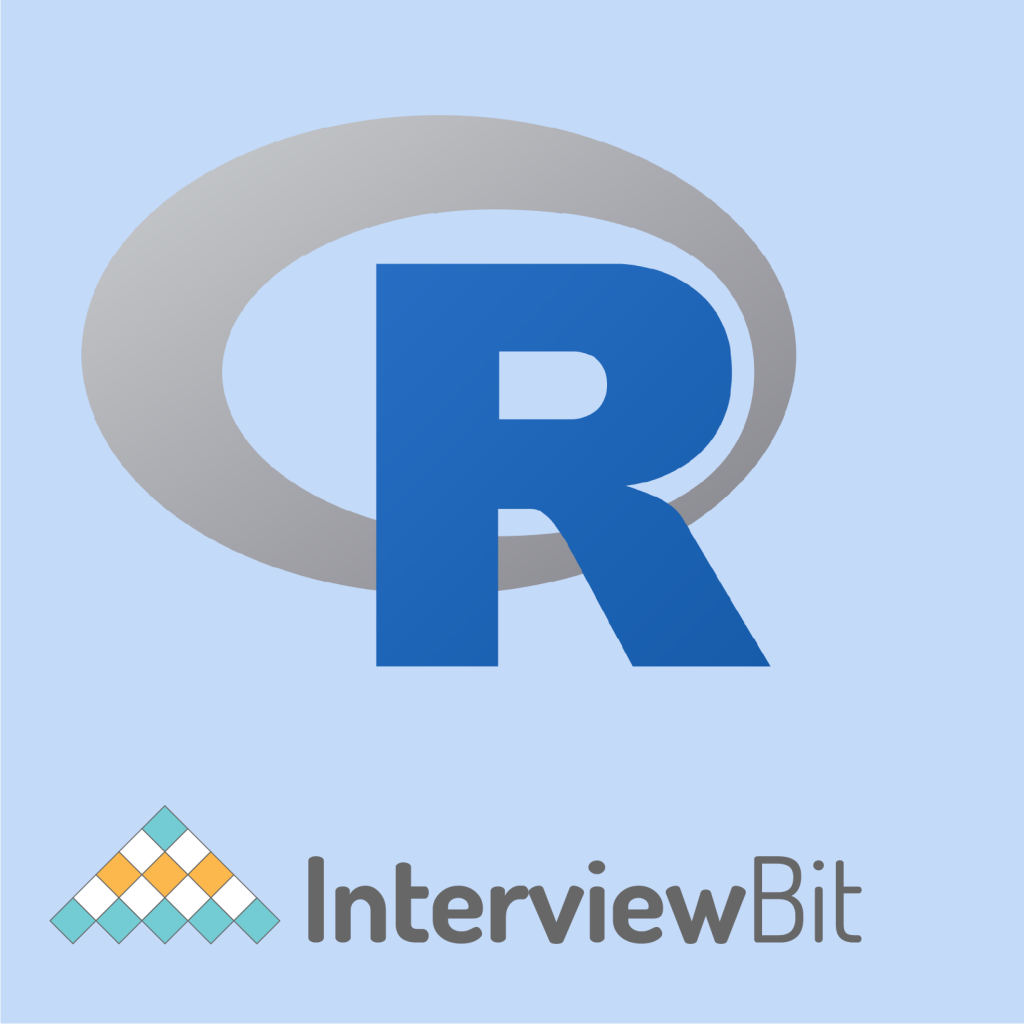
R is a programming language for statistical analysis or computing and graphics. R includes several statistical techniques, including linear and nonlinear modeling, statistical testing, clustering, and so on. One of R’s advantages is how simple it is to create a plot, complete with mathematical notations and equations.
R is a free software that was developed by Ross Ihaka and Robert Gentleman in 1993. It compiles and works on a majority of the operating systems like UNIX, Windows, and macOS. R allows programmers to extend the functionality of the language by creating user-specific functions. There are various R programming projects which are currently being managed by big product-based companies like Google, Meta, Airbnb, Uber, and many more. The user can connect the C and C++ routines during runtime for heavy tasks. Using packages, R may be extended to include additional languages such as C++.
Applications of R Programming Language
Because of the following reasons, the R programming language is in high demand in real-world applications:
Confused about your next job?
- Open Source: R is a free to download and use open-source programming language. Contribution can also be made by optimizing the source code.
- Platform independent: R is platform-independent which can run on various operating systems like UNIX, Windows, and Mac.
- Data Wrangling: R can turn a complex code into an organized one using packages like readr and dplyr.
- Plots & Graphs: R makes appealing graphs using notations and formulas through ggplot and plotly.
- Package Availability: R contains a plethora of packages devoted to the development of machine learning, data analysis, and statistical projects.
R Programming Project Ideas
Since you are learning the R programming language, developing projects gives hands-on practice and confidence in any technology. So, we are going to discuss some of the great projects that you can make if you are a beginner, intermediate, or advanced R programmer.
Top R Projects
Below are the top 10 R projects which you can make and implement on your own for becoming a master in R programming.
1. Sentiment Analysis
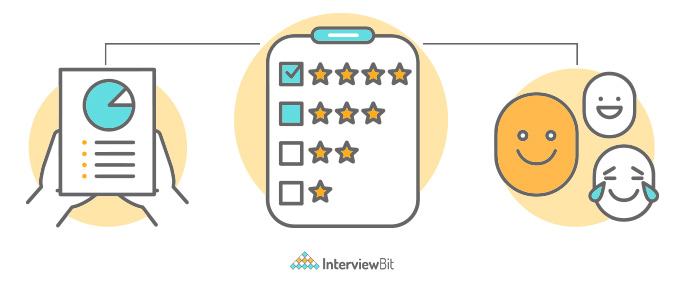
- Sentimental analysis is the process of evaluating words to discover sentiments and opinions that may be positive or negative in polarity.
- This is a type of categorization in which the categories are either binary (optimistic or pessimistic) or multiple (happy, angry, sad, disgusted, etc.).
- The project is written in R, and it makes use of the Janeausten R package’s dataset.
- To perform an inner join, general-purpose lexicons like AFINN, bing, and Loughran are utilized, and the results are presented using a word cloud.
2. Uber Data Analysis
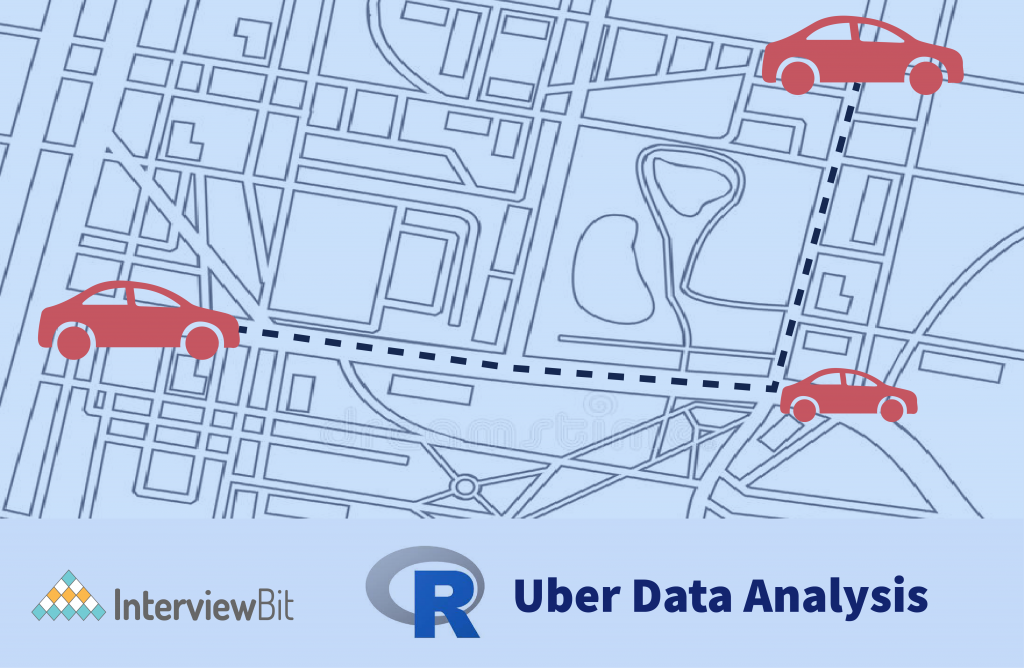
- Companies may use data visualization to better understand complicated datasets and make better decisions.
- We’ll use R packages like ggplot2 to create data analysis in this project.
- We utilize user data to extract insights and provide an accurate prediction of clients who will take Uber trips and rides.
- The study will look at several criteria such as the number of journeys made in a day, the number of travels made in a month, and so on.
- As a result of this study, we can determine the average number of passengers that Uber may have in a day, the peak hours when there are more consumers available, the number of trips identified at the highest on which day of the month, and so on.
3. Movie Recommendation System
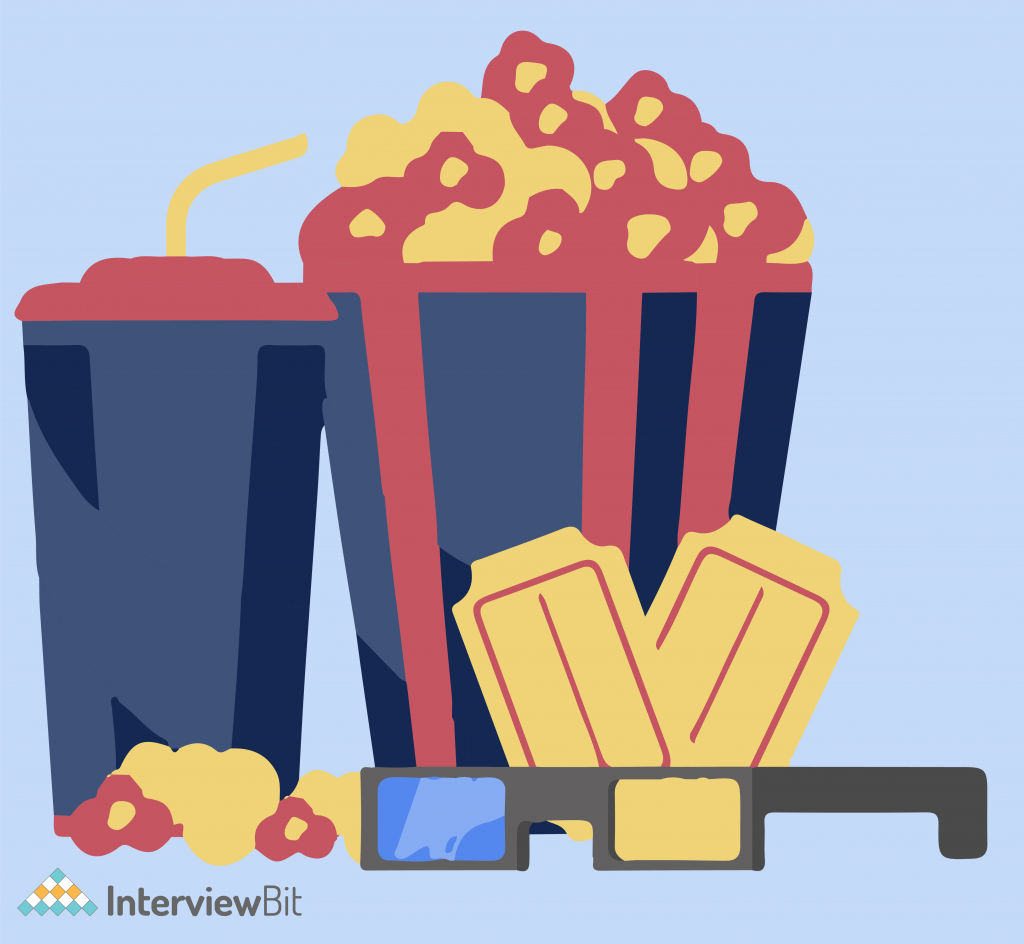
- Have you ever wondered how websites like YouTube and Netflix recommend movies and other web series based on your preferences?
- This is since they utilize a movie recommendation engine that filters your past search results, uses your preferences and browser history to establish your viewing pattern, and then suggests movies and videos to you. The data in this case will be the user’s browser history, which the project utilized on.
- This machine learning project’s main purpose is to create a recommendation engine that can suggest movies to consumers. The goal of this R project is to learn how a recommendation system works.
- In this project, you will create a collaborative filter based on items. This project idea can give you hands-on experience with R, Data Science, and Machine Learning in a real-world project.
- The MovieLens Dataset was utilized. There are 105339 ratings in the ratings.csv file from which the data was utilized. Ratings were given over 10329 movies in the movies.csv file.
4. Credit Card Fraud Detection

- We can construct an application to identify fraudulent credit card transactions using R programming.
- We’ll employ a variety of Machine Learning methods to distinguish between legitimate and fraudulent transactions.
- Decision Trees, Regressions, Artificial Neural Networks, and other methods are used in this research.
- This fraud detection system uses the “card transaction” dataset, which contains both fraudulent and legitimate transactions.
- Importing the transaction dataset, examining data, altering and organizing data, modeling, fitting, and finally implementing the algorithm are all phases in the project.
5. Wine Quality Prediction

- We can get the idea to enhance the wine quality by using predictive modeling.
- The research will use the “red wine” dataset to determine the wine’s quality.
- The goal of this study is to learn more about red wine’s chemical qualities. To begin, we will use the input factors to forecast wine quality, and then we will classify the wines that have outstanding characteristics.
- We’ll look for the one-of-a-kind relationship in the dataset’s data and tweak the charts to show it.
- We will learn data visualization, data exploration, and regression models through working on this project.
6. Customer Segmentation

- Customer segmentation is one of the most well-known Data Science projects. Customer segmentation is a well-known example of unsupervised learning.
- Clustering is used by businesses to identify customer groups and target their potential user base.
- To sell to each group effectively, they categorize consumers based on shared characteristics such as gender, age, hobbies, and purchasing patterns.
- K-means clustering may be used to visualize the gender and age distributions. Following that, their annual earnings and spending patterns are examined.
7. Speech Emotion Recognition
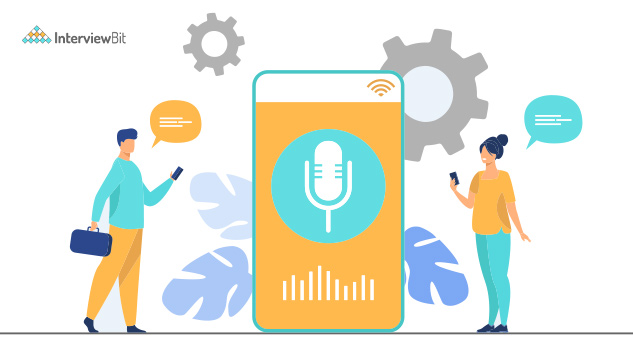
- Speech is one of the most basic techniques for us to convey ourselves, and it incorporates a variety of emotions such as quiet, anger, happiness, and passion, among others.
- By examining the emotions underlying the speech, it is possible to restructure our emotions, the service we provide, and the final goods to create a custom-made service to specific people.
- The major goal of this research is to recognize and extract sentiments from a variety of sound files that make up human speech.
8. Product Bundle Identification

- Product bundling is a marketing technique that involves combining many items and selling them as a single unit at a discounted price.
- These techniques are used to persuade customers to purchase more of their items.
- Take, for example, a Pizza Hut meal deal. We employ subjective segmentation and clustering techniques in this R project to help us package products together for a great deal.
- The “weekly sales transaction” dataset, which contains the purchase quantities of various items, can be used.
- Traditionally, Market Basket Analysis was employed to find such bundles; nevertheless, you will compare the relative relevance of time series clustering in identifying product bundles in this project.
9. Voice Gender Recognition

- Gender identification is a famous problem in today’s speech analysis. Pitch, median, frequency, and other auditory data can be used to determine gender.
- In all research domains, machine learning produces promising outcomes for categorization problems. There are numerous performance measures that may be used to evaluate an area’s algorithms.
- Based on the acoustic properties of the voice and speech, this project trains computer software to identify a voice as male or female.
- The model was developed using a dataset of 3,168 recorded speech samples from male and female speakers.
- The voice samples are pre-processed in R using acoustic analysis, and then processed with AI/ML algorithms to learn gender-specific features for categorizing the voice as male or female.
10. Fake News Detection
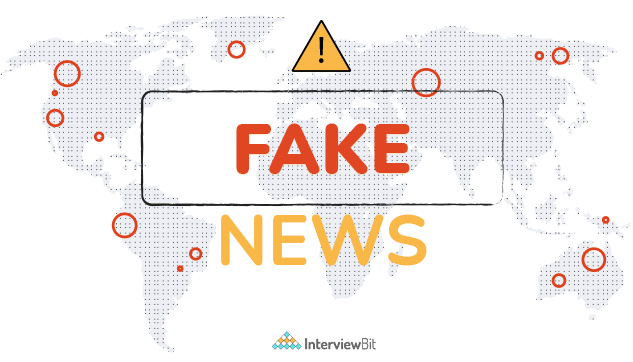
- Fake news doesn’t need to be explained. In today’s interconnected society, it is relatively easy to propagate false information throughout the internet.
- Fake news is occasionally spread over the internet by unauthorized sources, causing problems for the target individual, fear, and even violence.
- It’s vital to identify the credibility of material in order to counteract the spread of fake news, which this Data Science project can assist with.
- Automated Fake News Detection aims to discover the optimum method for tackling difficult deception detection challenges, with a focus on real-world politics and social media.
- In this project, you will develop a classifier to determine whether or not a political remark from the 2016 US elections is false news.
R Projects: Why are They So Important?
R programming has been popular in numerous fields throughout the world, which is a good reason to improve your Data Science skills. R programming has aided product-based companies in completing basic tasks such as data gathering, analysis, and the generation of valuable outcomes.
Manually putting data into a program to generate output is laborious, time-consuming, and prone to errors. However, using the R programming language, data analytics applications may be tailored to the needs of the company, reducing manual labor, increasing speed and efficiency, and delivering optimal results.
R contains various built-in tools and packages that allow users to analyze diverse types of datasets, in addition to functions like if-else, for, and while. R programming has become a common and easy-to-understand tool among Data Scientists as a result of these functions and capabilities. Some datasets that can be studied using R data analytics ideas are listed below:
- List — A list is a collection of distinct data types that might include variables like Categorical Variables, Continuous Variables, or Missing Values.
- Vectors — Individual vectors, such as numerals and integers, or a combination of two or more vector types in a dataset, may be studied and analyzed using R programming.
- Matrices — The R programming language can analyze two-dimensional datasets, such as in a matrix.
Conclusion
In this article, we looked at what R programming language is and how important it is in the technical world. We saw a variety of project ideas in-depth, along with their source code links. In nutshell, these were ten fantastic R programming projects that you may do on your own. These projects will assist you in developing strong knowledge of R programming fundamentals as well as data science.
FAQs
Q1) Is R difficult to learn?
- R has a reputation for being difficult to learn. This is due in part to the fact that R is so distinct from other programming languages. Unlike languages like Java, C++, and Python, R’s syntax is extremely difficult to read.
- Furthermore, simple procedures in R, such as selecting, naming, and renaming variables, are more complex than in other languages.
- If you’re already familiar with basic data science ideas, you’ll undoubtedly run into some resistance when learning R.
- The rules of the language will become increasingly familiar to you with time. This is true for all programming skills. You have a long journey ahead of you to become an experienced data scientist using the R programming language. You’ll have the knowledge and mentality to tackle more in-depth problems once you’ve mastered the fundamentals.
Q2) What are R projects used for?
A: Here are a few of the awesome domains where R projects are used extensively:
- From descriptive to inferential statistics, time series to clustering, there isn’t a single statistical analysis that R can’t handle.
- Creating statistical and machine learning models, some generic and some particular to extremely complicated domains.
- For engagement with your apps, create production machine learning data products.
- Using RMarkdown, create professional-looking reports for statistical analysis (or whatever else you desire).
- Creating robust web applications that take advantage of all of R’s features, for eg web scrapping tools, cool dashboards for presentation, etc.







 Join WhatsApp Group
Join WhatsApp Group
